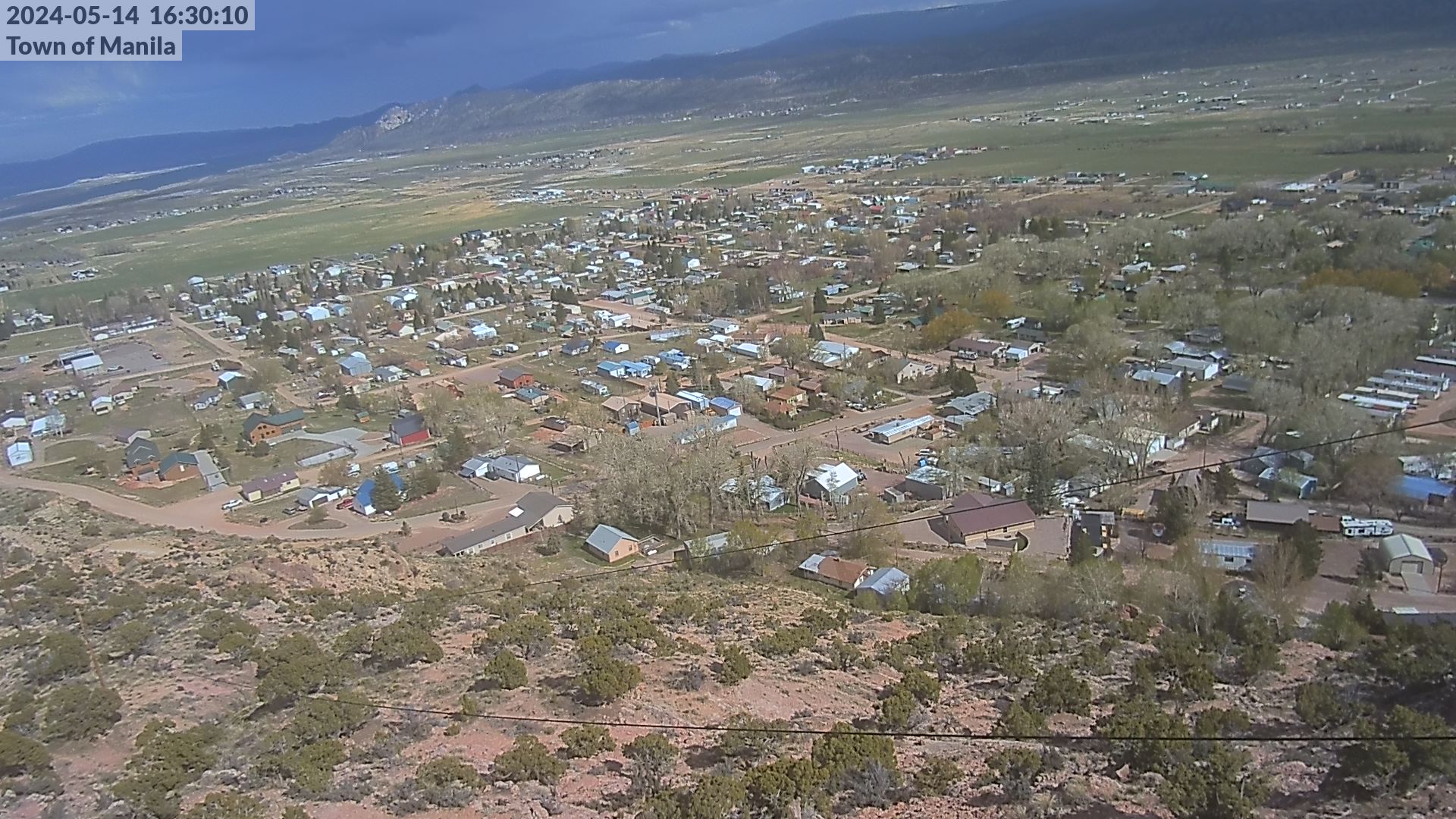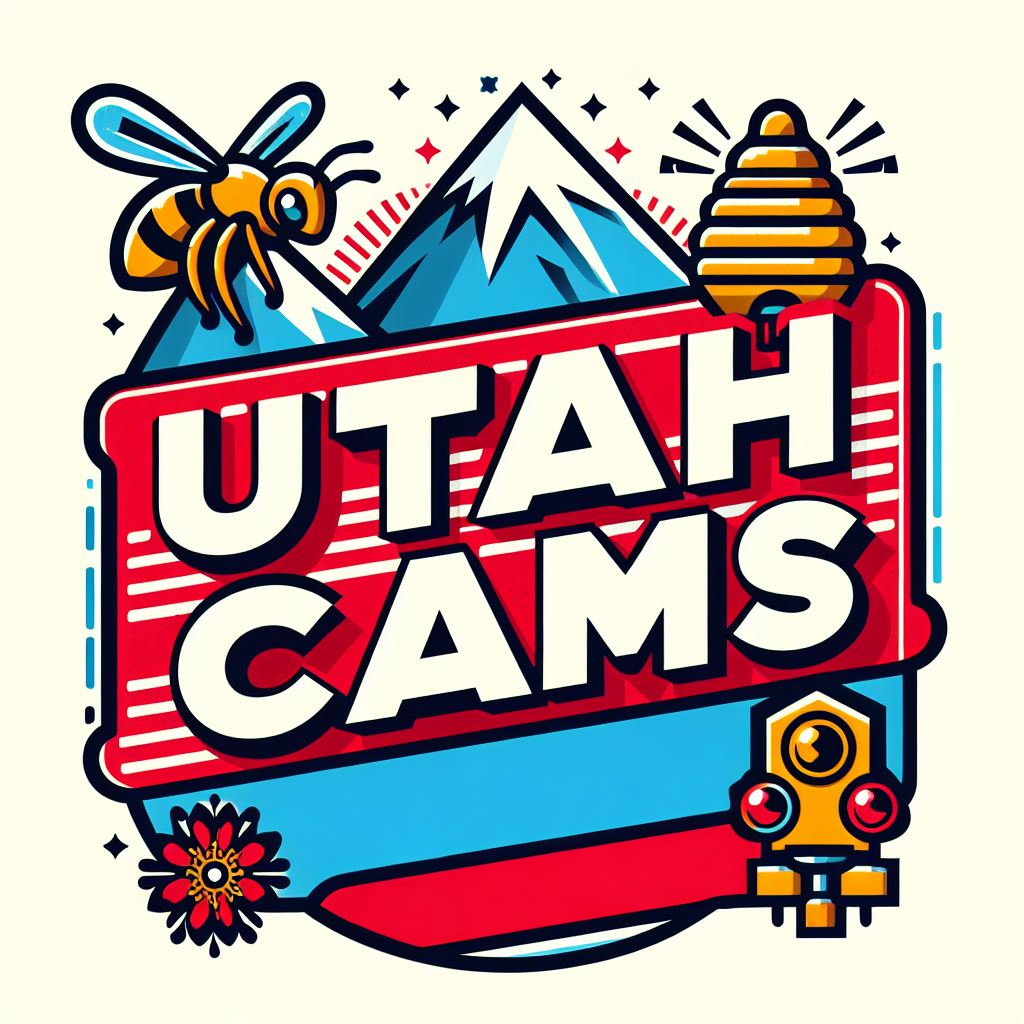Manila, UT (Flaming Gorge) Weather Cams
Mount Myvocom, just north of Manila, overlooking the town

Lucerne Valley Marina

Red Canyon Overlook

Manila, Utah: A Small Town with a Rich History and Scenic Splendor
Early Beginnings: Settlement and Naming
Manila, UT (Flaming Gorge) Weather Cams. Manila, Utah, is a picturesque town nestled in the northeastern part of the state, near the Wyoming border. Its history dates back to the late 19th century when Mormon pioneers, seeking new areas for settlement, ventured into the region. The town was officially established in 1898 and was named Manila in honor of the American victory at the Battle of Manila Bay during the Spanish-American War. This naming reflects the patriotic fervor of the era and the settlers’ connection to national events.
Geographical Significance: The Gateway to Flaming Gorge
Manila is uniquely positioned near the majestic Flaming Gorge National Recreation Area, making it a gateway to one of Utah’s most stunning natural landscapes. The Flaming Gorge Reservoir, created by the damming of the Green River in 1964, covers parts of both Utah and Wyoming and is known for its vibrant red rock cliffs, expansive waters, and recreational opportunities.
The town’s location has historically been significant for various reasons. The Green River served as an essential water source and a route for explorers, trappers, and traders. The surrounding Uinta Mountains provided rich resources for hunting, fishing, and grazing. This strategic position contributed to Manila’s development and its role as a service center for travelers and outdoor enthusiasts.
Development and Economy: From Agriculture to Tourism
In its early years, Manila’s economy was primarily based on agriculture and ranching. The fertile valleys and access to water from the Green River allowed settlers to cultivate crops and raise livestock. Sheep and cattle ranching were particularly prominent, with ranchers taking advantage of the vast open ranges and high-altitude pastures.
The construction of Flaming Gorge Dam in the 1950s and its completion in 1964 marked a turning point for Manila. The dam created a massive reservoir that became a focal point for tourism and recreation. Fishing, boating, and camping became popular activities, drawing visitors from across the country. The influx of tourists provided a new economic base for the town, leading to the development of hospitality services, including motels, restaurants, and recreational outfitters.
The transition from an agricultural economy to one centered on tourism brought both opportunities and challenges. While the new economic activities provided jobs and revenue, they also required adjustments from the local community, including investments in infrastructure and services to accommodate visitors.
Community and Culture: A Close-Knit Town with Deep Roots
Manila has always been a close-knit community with a strong sense of identity and pride. The town’s small population, which has remained under 500 residents for much of its history, fosters a tight-knit social fabric where neighbors know each other, and community events play a central role.
One of the town’s significant cultural institutions is the Daggett County Fair, held annually in Manila. The fair celebrates the region’s agricultural heritage and includes livestock shows, rodeos, parades, and various competitions. It serves as a gathering point for residents and visitors, reinforcing community bonds and showcasing local talents and traditions.
Education has also been a cornerstone of the community. Manila High School, serving the town and surrounding areas, is a focal point for educational and extracurricular activities. The school’s sports teams, known as the Manila Mustangs, are a source of local pride and community spirit.
Challenges and Resilience: Overcoming Adversity
Like many small rural communities, Manila has faced its share of challenges. Economic fluctuations, changing agricultural markets, and the impacts of tourism have all influenced the town’s development. Additionally, the remote location and harsh winters can pose difficulties for residents and businesses.
Despite these challenges, Manila has demonstrated resilience and adaptability. The community has embraced its role as a gateway to Flaming Gorge and leveraged its natural beauty to attract visitors. Efforts to promote sustainable tourism and preserve the area’s natural resources have been crucial in balancing economic development with environmental stewardship.
Modern Manila: Embracing the Future While Honoring the Past
Today, Manila continues to thrive as a small town with a rich history and a strong connection to its natural surroundings. The Flaming Gorge National Recreation Area remains a major draw, offering unparalleled opportunities for fishing, boating, hiking, and wildlife viewing. The area’s scenic beauty, characterized by towering cliffs, deep canyons, and clear waters, attracts nature enthusiasts and adventurers year-round.
In recent years, Manila has also become a destination for hunters and anglers, with the surrounding public lands providing excellent opportunities for game and fish. The town hosts various events and competitions, further solidifying its reputation as a hub for outdoor activities.
Efforts to preserve the town’s heritage are evident in the local historical society’s work, which documents and celebrates Manila’s past. Historical markers, exhibits, and community events help educate residents and visitors about the town’s unique history and the contributions of its early settlers.
Looking to the future, Manila is focused on sustainable growth and development. Enhancing infrastructure, supporting local businesses, and promoting year-round tourism are key priorities. The town is also committed to maintaining its small-town charm and community values, ensuring that future generations can enjoy the same sense of belonging and connection that has characterized Manila for over a century.
Conclusion: A Unique Blend of History and Natural Beauty
Manila, Utah, is a testament to the enduring spirit of small-town America. From its pioneer beginnings to its modern role as a gateway to one of Utah’s most stunning natural areas, Manila has continually adapted and thrived. The town’s rich history, coupled with its breathtaking surroundings, makes it a unique and cherished community. As Manila looks to the future, it remains committed to preserving its heritage, supporting its residents, and welcoming visitors to experience the beauty and hospitality of this remarkable place.
For more information, visit the official Manila, Utah website.
